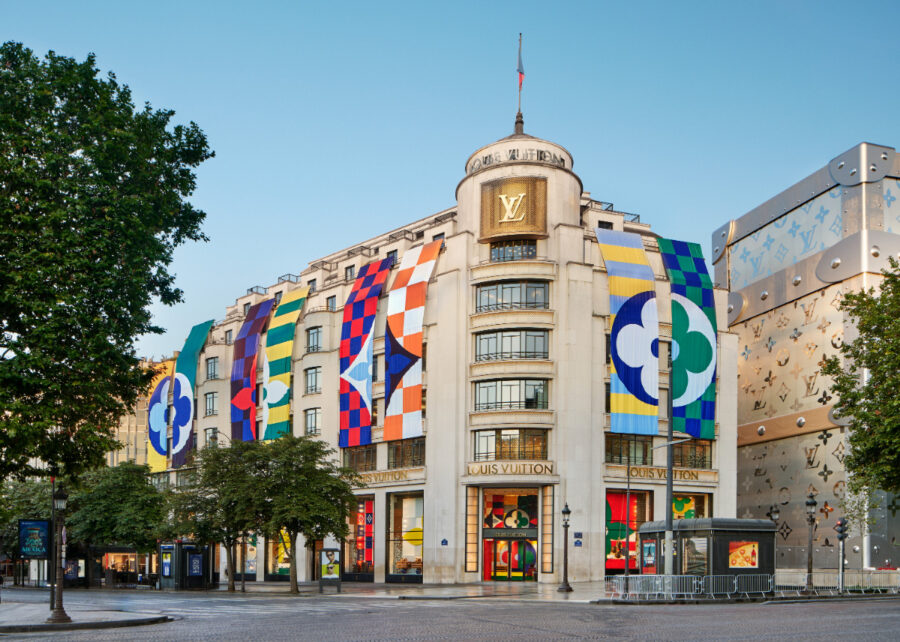
CULTURE


©︎ Vertico 3D concrete printing

©︎ Vertico 3D concrete printing
建築・土木規模の3Dコンクリートプリントを提供するオランダのVertico社が、コンクリート使用量を60%削減する3Dプリント橋〈Topology Optimised Bridge〉を作成しました。ゲント大学(ベルギー)とテクニオン・イスラエル工科大学との共同プロジェクトです。

©︎ Vertico 3D concrete printing
(以下、Verticoから提供されたテキストの抄訳)
伝統的に保守的な業界である建築業界は、自動化や生産性において、自動車などの他業界に遅れをとってきた。生産性が低いだけでなく、世界のCO2排出量の約20%を占めるこの業界では、自動化とイノベーションが強く求められている。

©︎ Vertico 3D concrete printing
構造最適化×3Dプリントの可能性
現在、材料の使用量を最小限に抑えるために構造最適化ツールの利用が進んでいる。この最適化の結果、非常に有機的な形状となることが多く、従来の技術でつくるには非常にコストがかかってしまう。
しかし、型枠を使用せず自由度の高い形状を実現できるコンクリートの3Dプリントであれば、コストを増加させることなく構造的に効率の良い形状をつくり出すことが可能となるのである。

©︎ Vertico 3D concrete printing
〈Topology Optimised Bridge〉は、コンクリートの3Dプリントの可能性を実際のスケールで実証したものであり、同じ応力を発揮するコンクリート橋に対し、材料の使用量を最大60%削減することを可能にしている。
3Dプリントの利点は幅広く認識されつつあり、〈Topology Optimised Bridge〉のように最適化された建築やインフラプロジェクトがますます増えていくことと思われる。材料とCO2の削減、自動化と生産性の向上、費用対効果の高い生産への要望から、コンクリートの3Dプリントは多くの可能性を秘めたテクノロジーである。

©︎ Vertico 3D concrete printing
Vertico社の創設者であるフォルカー・ルイティンガ(Volker Ruitinga)は次のように語る。
「この橋は、3Dコンクリートプリントが提供するさまざまな可能性を示している。Verticoでは、この技術が構造物の材料を最適化し、CO2排出量を削減すると同時に、建設業界の生産性を向上させる鍵になると考えている。」

©︎ Vertico 3D concrete printing
以下、Verticoのリリース(英文)です。
Topology Optimised Bridge
Press Release
Minimising material with 3D concrete printing
Amersfoort, The Netherlands – 3D concrete printing is unlocking the potential of producing fully optimised structures that carry the same stresses, while reducing material use by up to 60 percent. Recently, Vertico 3D concrete printing produced such a bridge in collaboration with the University of Ghent and Technion Israel Institute of Technology.
“This bridge showcases the range of possibilities that 3D concrete printing offer. At Vertico, we believe that this technology is the key to unlocking material optimisation in structures, reducing CO2 emissions whilst simultaneously increasing productivity in the construction industry”
– Volker Ruitinga, founder of Vertico
This new technique builds structures by depositing a specially designed concrete mixture layer upon layer. This allows for great form freedom and does not require expensive moulds to be built.
This relatively young innovation is taking the building world by storm. As a traditionally conservative sector, the building industry has lagged behind other industries, such as automotive, in automation and productivity per head. There is a great need for automation and innovation in this industry which not only lags behind in productivity but is also produced 23% of global CO2 emissions.
Structural optimisation tools are now being used more and more to minimize material use. This optimisation often results in very organic shapes, which is not surprising as in nature evolution optimises material use. These unique forms and organic shapes, or biomimicry, are very costly to build with traditional techniques. However, the robots used in 3D printed produce unique elements with no increase in costs.
This project demonstrates the possibilities of the technique on a relevant and significant scale. The advantage of 3D (concrete) printing are being increasingly recognised and with this acceptance we will see more and more building and infrastructure projects such as this optimised bridge. The desire for material & CO2 reduction, automation & productivity trends and cost-effective production requirements make 3D concrete printing an innovation with a lot potential.
Currently Vertico is working on 3D printing a compression only, concrete dome house. Production will start in February 2020. Other completed projects include commissioned sculptures and an architectural façade.
「Topology Optimised Bridge」Vertico 3D concrete printing 公式サイト
https://www.vertico.xyz/topology-optimised-bridge









